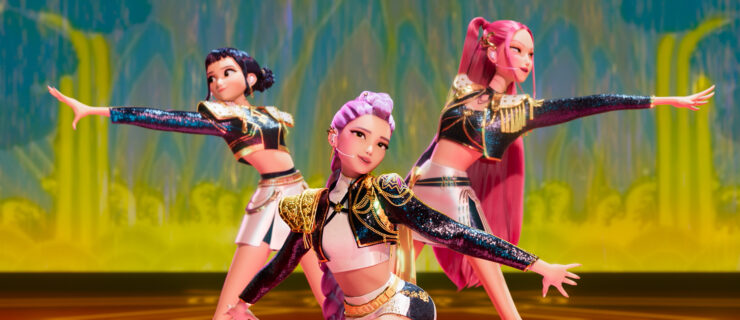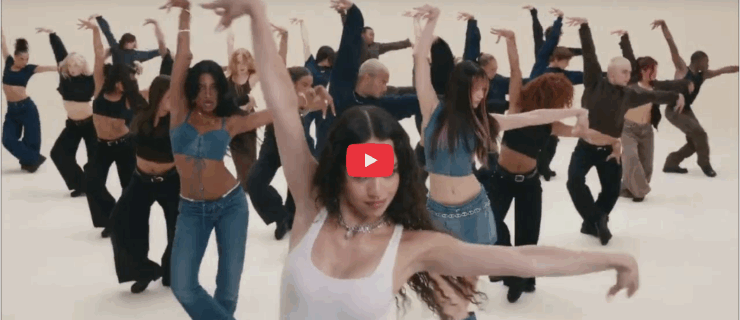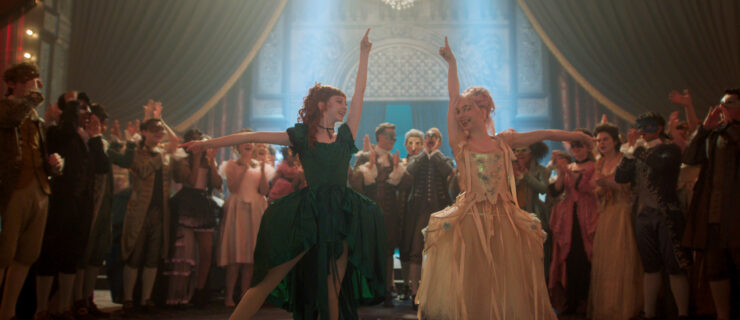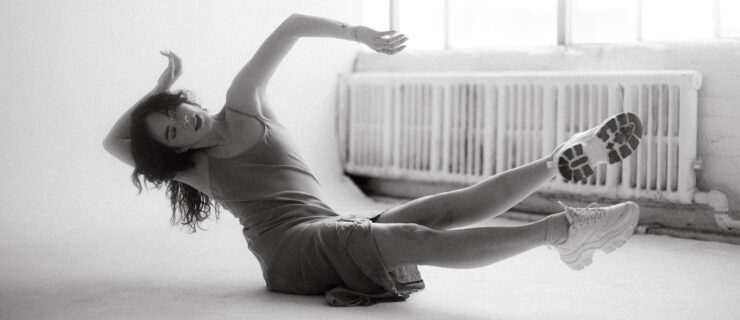Living the High (Heels) Life: How to Dance Confidently in Heels
Shirlene Quigley will never forget the audition that changed her life: a call for Beyoncé’s “Crazy in Love” video. It was one of the street dancer’s first shots at a professional gig. But she had another reason to be nervous: Heels were required. “It was my first time dancing in heels,” says Quigley, who didn’t even own a pair at the time. “I wore knee-high boots, borrowed straight from my mom’s closet!”
During the audition, Quigley found herself challenged at every turn (literally). “I kept saying to myself, ‘Don’t trip. Pull up,’ ” she remembers. At the same time, the shoes unleashed something new in her dancing. “It was so much fun,” she says. “It felt so feminine and so fearless.” In the end, Quigley booked the job, which led to a spot on the promo tour for Beyoncé’s Crazy in Love album. Since then, she’s basically lived in heels, performing for artists including Rihanna and Missy Elliott, and now she leads regular heels classes at Broadway Dance Center and Peridance in NYC and Millennium Dance Complex in L.A.
Dancing in heels has long been an industry staple, yet it’s a skill that can be quite tricky for performers who’ve spent years training in sneakers or bare feet. We spoke to Quigley—and three other famously heel-clad dancers—about how to find your (heeled) footing.
Are You Ready?
Just like pointe shoes, which require a certain level of technical ability, heels aren’t always appropriate for young dancers. And waiting until a teacher or parent gives you the go-ahead won’t delay your progress. “You’re not likely to book a job that requires heels until you’re 17 or 18,” Quigley says. “My rule of thumb: Character shoes are completely proper until you can at least drive yourself to my class. If someone in my class is younger than 16, I ask them to remove their heels.”
 Yanis Marshall (courtesy Marshall)
Yanis Marshall (courtesy Marshall)
There’s also no denying that heels choreography often skews sensual. But Quigley wants her younger students especially to know they shouldn’t feel pressured into sexualizing movement to book jobs. “As dancers, we’re storytellers, and there are always a lot more stories to tell than just sex,” she says. Choreographer and dancer Yanis Marshall agrees, recommending that younger dancers in heels classes focus more on the technical challenges than on sexy presentation. “Yes, I love to play with sensuality in dance, and wearing heels helps that side of me come out,” he says. “But there’s also real technique in my classes. Essentially, you’re doing lyrical or contemporary combinations—just in heels.”
The Perfect Pair
Pretty as those 5-inch stilettos might be, it’s definitely going to take some time to work up to them. “When you’re first starting out, don’t choose shoes with crazy-high heels,” celebrity choreographer Brian Friedman says. “And ankle support is paramount. I also always advise staying away from open-toed shoes, which let your foot slide forward over the edge.”
Quigley suggests alternating between a few different pairs of heels, depending on the movement style. “If I’m working for a super-hard-hitting choreographer like Bobby Newberry, I’ll need a boot that’ll stay on through anything. But if I’m doing something slower and more lyrical, a regular pump can work.” Regardless of style, both Friedman and Quigley tell students it’s not necessary to spend a lot of money on heels for dance. “You want a sassy, fierce pair, but they’ll get ruined in class,” Friedman says. “So shop within your budget.” Commercial dancer Mishay Petronelli, who teaches heels classes at Broadway Dance Center in NYC and regularly performs in stilettos, likes shoes from Steve Madden and Aldo: “I know those brands’ shoes will last, but they’re still affordable, and their heels are a good not-too-high height, around 3 or 3 1/2 inches.”
Posture Pointers
Heels transform your whole shape, which will take a little getting used to. “Even when you’re just standing still, your tailbone will curve slightly back,” Friedman says. “It’s an undeniably dominant stance, but you have to pull your shoulders up and back to make sure you’re on top of the shoes and not tilted forward.” Petronelli agrees. “To get the right placement, you’ll want to feel your shoulder blades squeezing together—so much so that your elbows kind of pinch back at your sides,” she says.
 Mishay Petronelli (photo by Matthew Murphy, courtesy Petronelli)
Mishay Petronelli (photo by Matthew Murphy, courtesy Petronelli)
Once you start moving, core strength becomes everything. “It can be really challenging to stay in alignment while shifting your weight quickly, especially if you’re used to dancing in sneakers,” Quigley says. “Think about engaging your lower abs and using your inner thighs and seat muscles to pull up and out of the shoes.”
Sound familiar, bunheads? When you’re wearing heels, you’re basically constantly working in relevé. Taking extra ballet classes will help build the strength you’ll need to maintain that position. Studying ballet will also help you create clean lines, which are especially important during heels work since it calls extra attention to your legs and feet. “My biggest pet peeve is people in heels trying to work in plié the whole time!” Petronelli says. “You have to have straight legs to get the right lines in heels.”
Healing from Heels
There’s a reason medical pros typically recommend sneakers for everyday wear: Heels can tighten hamstrings and hip flexors, and put extra strain on your lower back. But regular self-care can go a long way to staying injury- and pain-free.
Friedman notes that the first few months of heels classes are often hardest on the body. “It’s a shock to your system, not dissimilar to a ballet dancer starting out on pointe,” he says. Especially for jazz-funk dancers who aren’t used to being on relevé, stretching your calves, Achilles tendons, and hamstrings is crucial. “I massage my feet and arches with yoga balls, roll out my calves on a foam roller, and use massage sticks on my IT bands,” he says. “Give your body the rest and love it needs.”
Feeling the Power
Wearing heels won’t only increase your height by a few inches. It can also give your confidence a boost—whether you’re a girl or a guy. Friedman says the first time he donned a pair of platforms, he discovered a new kind of inner strength. “I felt in command,” he says. “I spent most of my career choreographing for female artists in heels, but wearing them myself allowed me to find a femininity within my movement I didn’t even know existed. My choreography transformed. If I’m going to ask a woman to do something in heels, I’d better be able to, too.”



